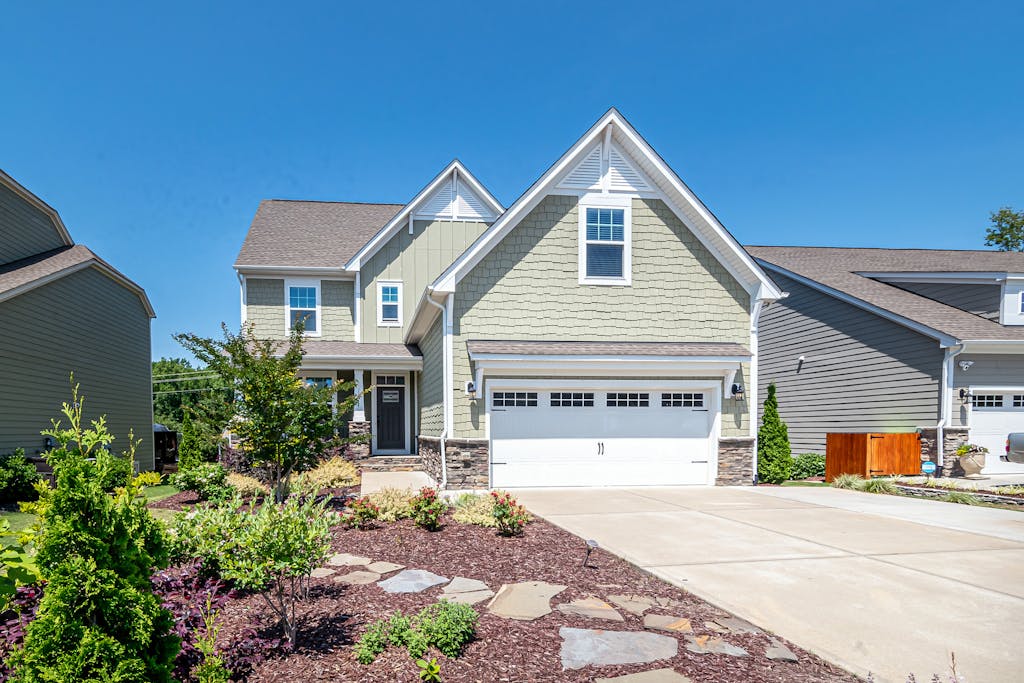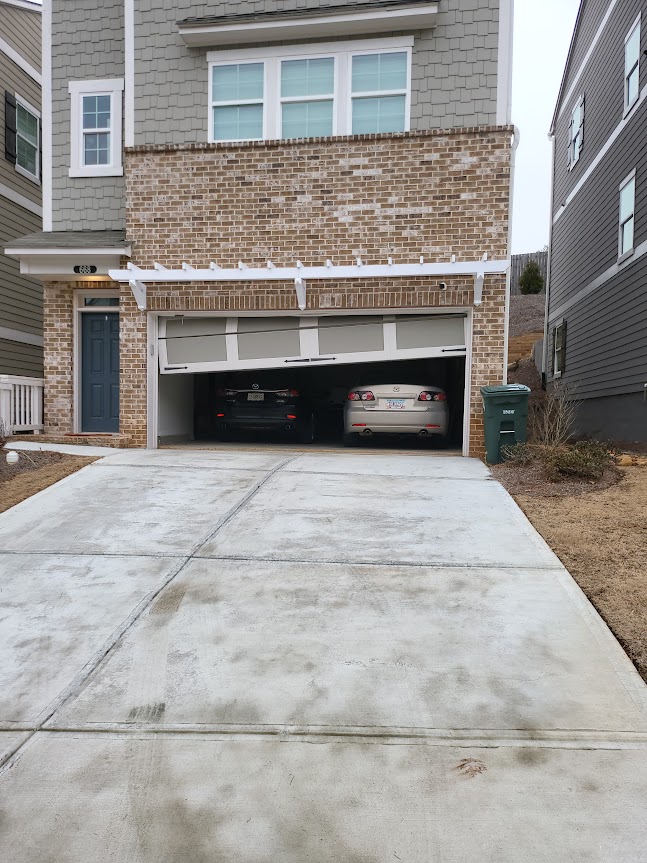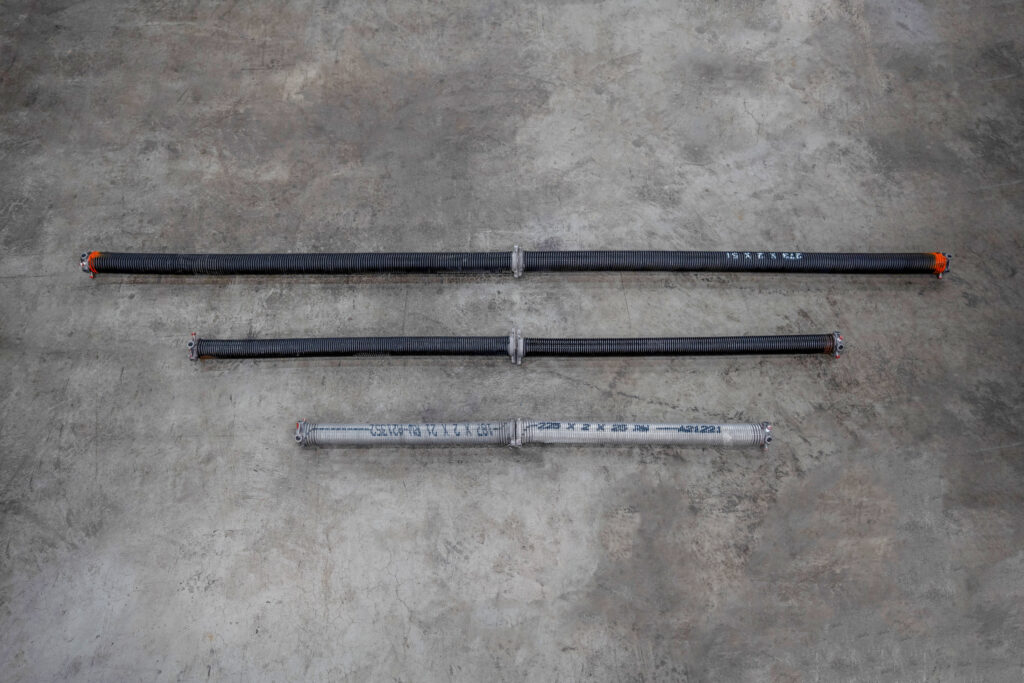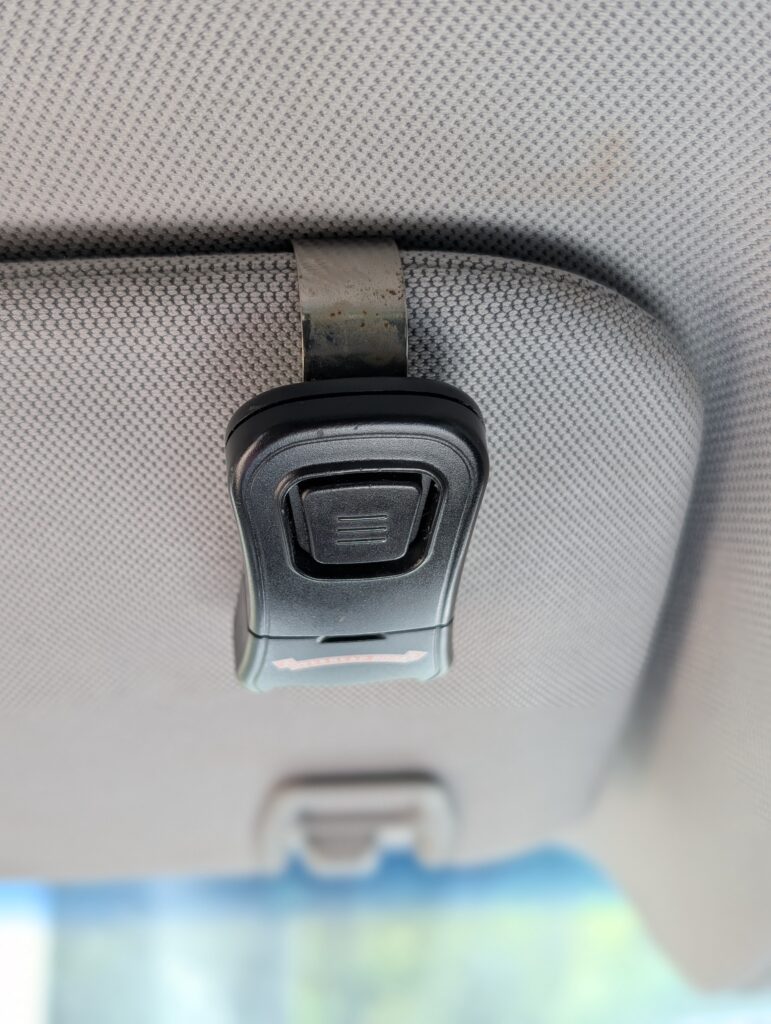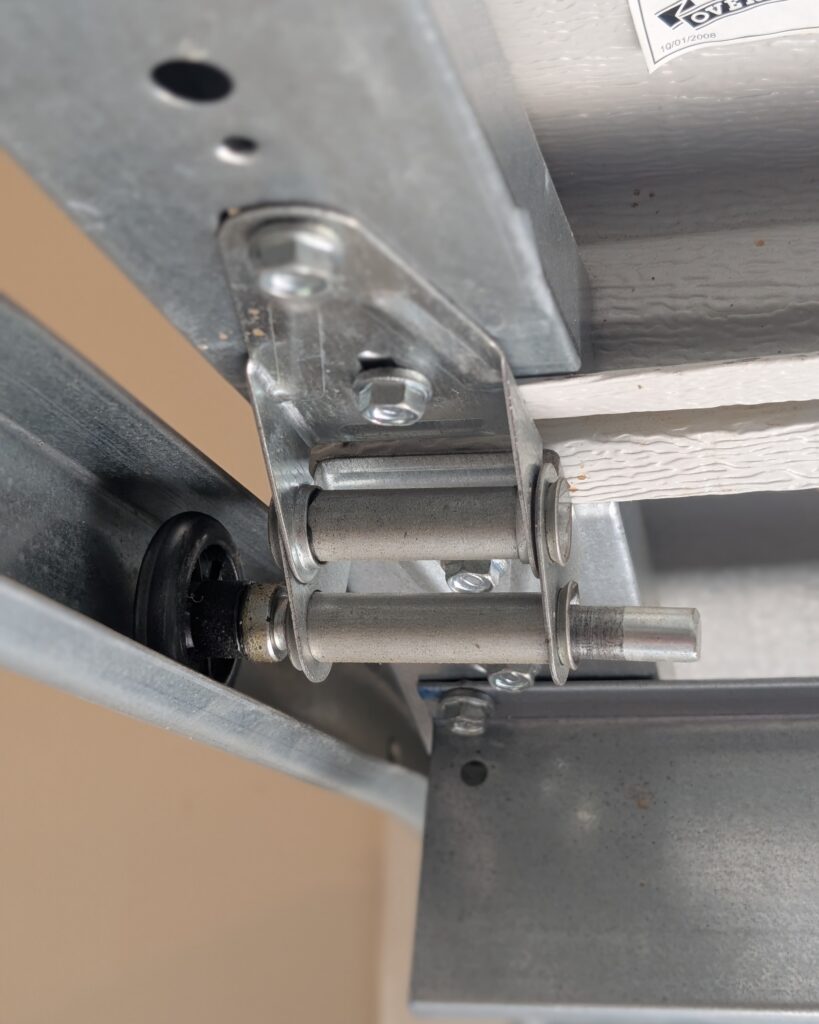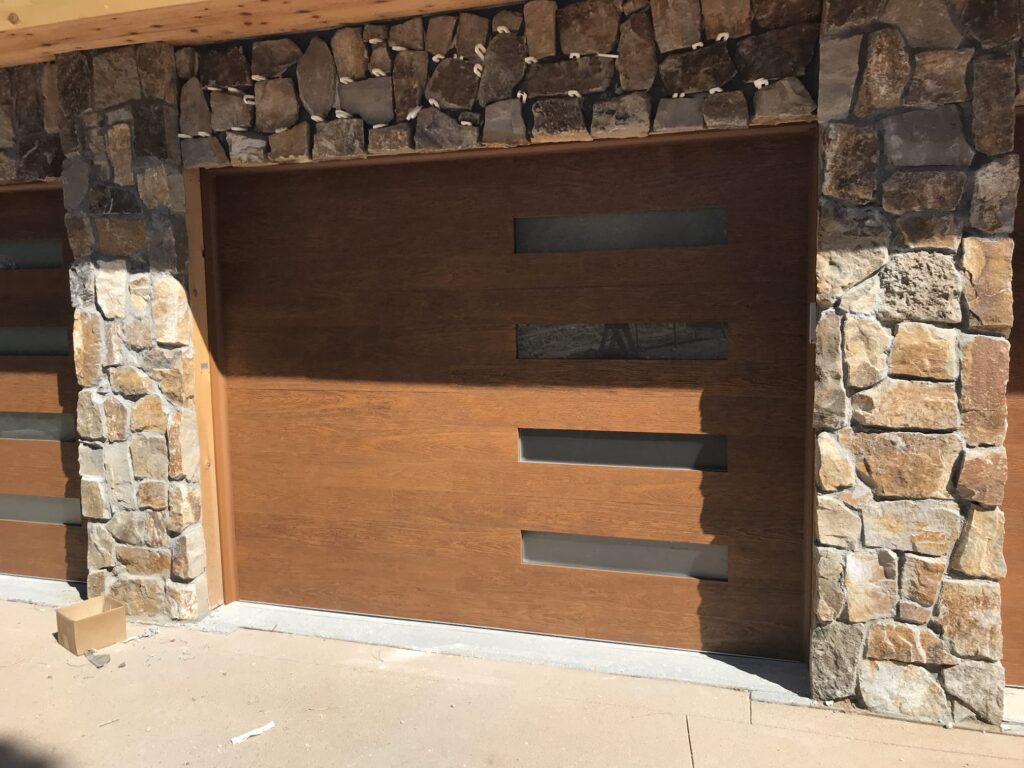Garage Door Insulation: Save Money & Enhance Comfort
Stop throwing money out your garage door! Uncover how garage door insulation can slash energy bills, reduce noise, and boost comfort. Learn the key benefits, R-value secrets, and tips to transform your garage into an energy-efficient space.
By: Sean Donnelly | Published: April 29, 2025
Find Garage Door Repair Services
Get a fast & free quote | Schedule your service today
Insulating your garage doors can be a great way to shave a few dollars off of monthly utility bills while also reducing road noise in your interior. Whether you’re putting the finishing touches on a home workshop, or just want a little more protection for your personal vehicles, this is a worthwhile upgrade.
We’ve outlined your options here. While we recommend professional assistance for most garage door maintenance, this is perfectly within the abilities of most home DIYers.
Why Insulate Your Garage Door?
The primary reason for insulating garage doors is to save on energy costs and regulate temperatures in an attached garage. Clopay Building Products, a leading garage door manufacturer, conducted a study on the effectiveness of insulation in this area of your home. It concluded that insulation here can reduce energy loss by up to 71%.
Insulating your garage door is an especially good idea if you live in an area with an extreme climate and weather patterns. If you have an attached garage and routinely do work in the space, insulation can ensure your comfort and reduce road noise. You’ll also pay less for monthly electric and heating bills, as temperature regulation of your garage will be far less taxing on your HVAC system.
Finally, insulating your doors could reduce operation frequency. Long-term, this can mean paying less for spring replacement or general maintenance.
Understanding Garage Door Insulation Ratings: R-Values Explained
R-values are a measure of an insulator’s resistance to heat traveling through it. Thicker insulating materials provide greater R-values due to their higher heat resistance. Here are some ideal applications for different R-values:
- Up to R-6: Best for non-insulated or detached garages
- R-6 to R-9: A good pick for attached garages with no HVAC elements
- R-9 to R-13: For attached garages with heating or cooling
- R-13 and up: The best choice for a converted living space or frequently-used workshop
Going far above R-13 or R-16 for garage insulation may not be cost effective. An increase in general insulation from nothing to R-6 will have a greater impact than an increase from R-13 to R-19.
Also note that, for detached garages where the roof and walls are uninsulated, protecting your garage doors in this way will make very little difference.
Types of Garage Door Insulation Materials
Each of the insulation types here is an affordable option for professional or DIY installation. Each can extend the lifespan of your garage door and opener by decreasing the frequency of use and providing additional shielding from temperature fluctuations.
Polystyrene (EPS) Insulation
Polystyrene is a low-cost foam board insulation option that offers easy installation. It comes in often-brittle pre-cut panels, and is a popular option among DIY enthusiasts. These insulation kits come between R-2 and R-10, with eight-panel kits costing between $50 and $65. One insulation panel typically covers a single garage door panel.
Stacking panels can work, but its low R-value and typical thickness make this impractical in many cases. If you need a better insulative effect, we recommend going with another material.
Polyurethane Insulation
Polyurethane spray foam insulation is a step up from foam panels or boards and offers a far tighter seal. The injection process as a DIY process or by a pro allows you to cover every square inch and minimize any gaps. R-values range between 12 and 19.
This insulation type expands and hardens in place after application and is quite difficult to remove after you’ve installed it. You can expect this to last between 30 and 50 years, meaning that it should outlast your garage door. Pricing ranges between $1 and $4 per square foot in most cases.
We recommend getting quotes for professional installation for this insulation type. Some chemicals in this insulation can be hazardous, and pros come with the necessary safety equipment.
Reflective Insulation
Reflective insulation is a good affordable option for metal doors or similarly reactive materials. This insulation type helps to reflect radiant heat conducted through your doors from the outside. Most brands advise that the reflective side of the insulation be applied directly to the door. Using double-sided adhesive can maximize its effectiveness, as you won’t have an air barrier conducting heat between your door and material.
We recommend using this in conjunction with polystyrene or another insulation type if you’re considering a reflective barrier. On its own, it won’t be able to offer much protection from the elements.
Fiberglass Batt Insulation
Fiberglass batt insulation is the most expensive option for garage doors. Most metal garage doors are ideal for this type of treatment, as they often have the largest cavity space to accommodate two-inch thick fiberglass rolls.
R values range between six and 10, with fiberglass garage door kits costing between $110 and $130 in many cases. These kits fit one single garage door, so you should double that price if you’re budgeting for a two-car garage.
>>Expert Advice: Types of Garage Doors
DIY vs. Professional Garage Door Insulation: Pros and Cons
Many of the products on the market today are geared toward DIY installation. You can opt for professional installation here, but many garage pros will offer only slightly better products coupled with their own labor for installation.
You’ll likely pay around $400 per door for professional assistance with insulation. Labor costs between $75 and $100 per hour, and conventional installations take a little more than an hour per door. The rest of your costs will go to materials and the insulation itself.
Whether you purchase polystyrene, fiberglass batts or reflective insulation, a primary step will be to measure the depth, height and width of each garage door panel you plan to insulate. Note that top and bottom panels can sometimes be larger than middle sections.
Next, you may need a utility razor, construction pencil and straightedge to cut your panels or insulation to size. Some panels come with adhesive strips, but you might need to purchase additional double-sided adhesive to secure your insulation.
Here, we’ve outlined some DIY insulation kit price points to help you compare:
| Insulation Type | R-value range | Cost per door* |
|---|---|---|
| Reflective | R-3 and up | $40–$55 |
| Polystyrene | R-2 to R-10 | $52–$65 |
| Polyurethane | R-12 to R-19 | $170 per six-pack |
| Fiberglass batt | R-8 and up | $118–$160 |
*Source: Costs from Home Depot and Amazon for DIY kits.
How to Choose the Right Insulation for Your Garage Door
Your choice in insulation will depend primarily on the climate and the material your garage doors are made of. More extreme weather patterns will require higher R-values and more airtight seals around the edges of your panels.
If you have metal or composite doors, most insulation materials will work. Rigid foam, spray foam and fiberglass batts are all good options. If you have a wood door, we recommend rigid foam insulation. That said, insulating a wooden garage door with no pronounced cavities on the interior can be difficult. You’ll have to affix double-sided adhesive to your doors, which could be bad for their aesthetic appeal.
If you’re hesitant about picking an insulation type, we recommend consulting one of our top recommended garage pros.
ROI and Energy Savings: Is Garage Door Insulation Worth It?
Tracking down data for return on investment for insulating a garage door is difficult. However, the estimated ROI on full garage door installation or replacement can be well worth your money and time. Quality Overhead Door estimates that this return can range up to 194% of the total door cost.
Precision Door cites an average professional installation cost of $2,734 for a new door. If you opt to install an already-insulated door, this cost will likely be higher. Aside from reduced energy costs in your home, it muffles road noise, and can extend the lifespan of your doors.
Common Questions About Garage Door Insulation

Get Your Free Quote and Schedule Your Garage Repair Today
Find top-rated companies for fast garage repairs and service to make sure your garage door system lasts. Get free quotes from garage door companies in your area.
Tips and Expert Advice for Your Garage
Stay informed with expert advice on garage door maintenance, garage door service, garage door replacement, and upgrades. Explore our blog for guides, troubleshooting tips, and more.
